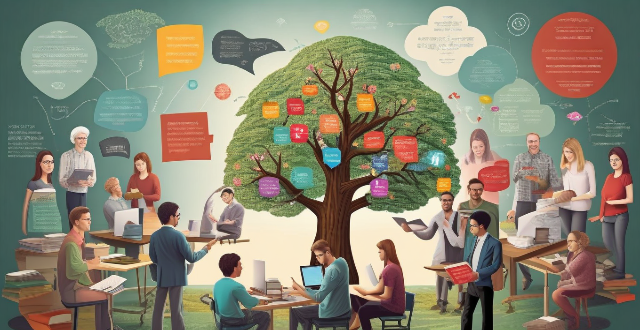Public awareness and education are vital in disaster risk management, enhancing community preparedness, reducing vulnerabilities, promoting resilience, and encouraging community engagement. Examples like Hurricane Katrina and the Japan Earthquake and Tsunami highlight the importance of these initiatives in saving lives and minimizing damages during disasters.

The Significance of Public Awareness and Education in Disaster Risk Management
Introduction
Public awareness and education are crucial components in the context of disaster risk management. They play a vital role in preparing communities for potential disasters, reducing vulnerabilities, and enhancing resilience. In this response, we will explore the importance of public awareness and education in disaster risk management, highlighting key points and providing examples where possible.
Key Points
1. Enhancing Community Preparedness
One of the primary benefits of public awareness and education is that it helps to enhance community preparedness. When individuals and communities are aware of potential disaster risks and how to respond to them, they are better equipped to prepare for and respond to emergencies. This includes understanding evacuation routes, having emergency supplies on hand, and knowing basic first aid techniques.
2. Reducing Vulnerabilities
Another important aspect of public awareness and education is that it can help reduce vulnerabilities within communities. By providing information about potential hazards and how to mitigate them, individuals can take steps to protect themselves and their families. For example, if a community is at risk of flooding, residents can be educated on how to elevate their homes or install flood barriers to prevent damage.
3. Promoting Resilience
Public awareness and education also promote resilience by encouraging individuals and communities to develop coping mechanisms and adaptive strategies in response to disasters. This includes developing contingency plans, establishing communication networks, and fostering social support systems. By promoting resilience, public awareness and education help communities bounce back more quickly from disasters and minimize long-term negative impacts.
4. Encouraging Community Engagement
Finally, public awareness and education encourage community engagement in disaster risk management efforts. When individuals feel informed and empowered, they are more likely to participate in activities such as volunteering, donating resources, or advocating for policy changes that address disaster risks. This collective action can have a significant impact on improving overall community preparedness and resilience.
Examples
To illustrate the importance of public awareness and education in disaster risk management, consider the following examples:
- Hurricane Katrina (2005): The lack of public awareness and education contributed to the high number of casualties and damages caused by Hurricane Katrina. Many residents did not understand the severity of the storm or know how to evacuate safely, leading to widespread confusion and delayed responses.
- Japan Earthquake and Tsunami (2011): In contrast, Japan's comprehensive public awareness and education programs helped save lives during the 2011 earthquake and tsunami. The country has a strong culture of earthquake preparedness, with regular drills and simulations conducted in schools and communities. As a result, many people knew what to do when the earthquake struck, minimizing casualties and facilitating an effective response.
Conclusion
In conclusion, public awareness and education are essential components of effective disaster risk management. By enhancing community preparedness, reducing vulnerabilities, promoting resilience, and encouraging community engagement, these initiatives contribute significantly to improving outcomes during times of crisis. It is therefore crucial for governments, organizations, and communities to invest in public awareness and education programs as part of their broader disaster risk management strategies.